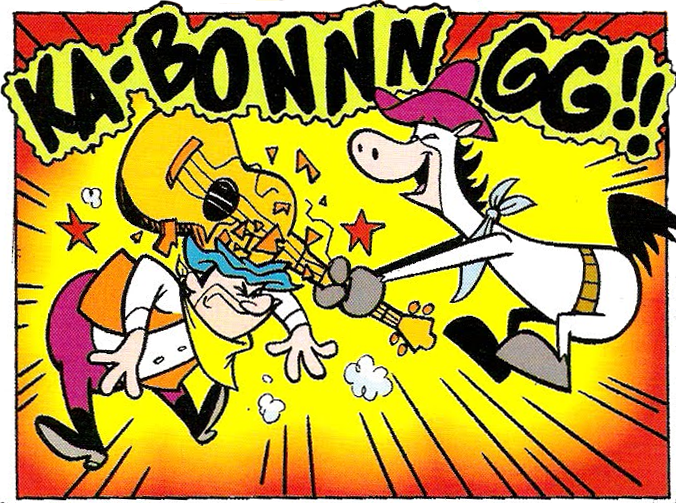BillyZeppa
Power User
Hey guys,
So what is your favorite 'crash chord' amp and cab?
I'm trying to get an amp tone for some 'crashing chords'.
You know, the kind of chord smash that sounds fairly clean, but real powerful,
like a parts of 'Carasol Unbra' -
bash(B), bash(B), bash(C#) ,...... (weeeeee(F),weeeeee(G#)......)
You know the part i'm talking about
Another example of the application is in the chorus of 'Four Sticks' -
(baaa(D#), baaa(C#), baaa(D#), baaa(E), baaaaaa(F#)), Bash(B)....., Bash(B).....,
Any ideas?
So what is your favorite 'crash chord' amp and cab?
I'm trying to get an amp tone for some 'crashing chords'.
You know, the kind of chord smash that sounds fairly clean, but real powerful,
like a parts of 'Carasol Unbra' -
bash(B), bash(B), bash(C#) ,...... (weeeeee(F),weeeeee(G#)......)
You know the part i'm talking about
Another example of the application is in the chorus of 'Four Sticks' -
(baaa(D#), baaa(C#), baaa(D#), baaa(E), baaaaaa(F#)), Bash(B)....., Bash(B).....,
Any ideas?

